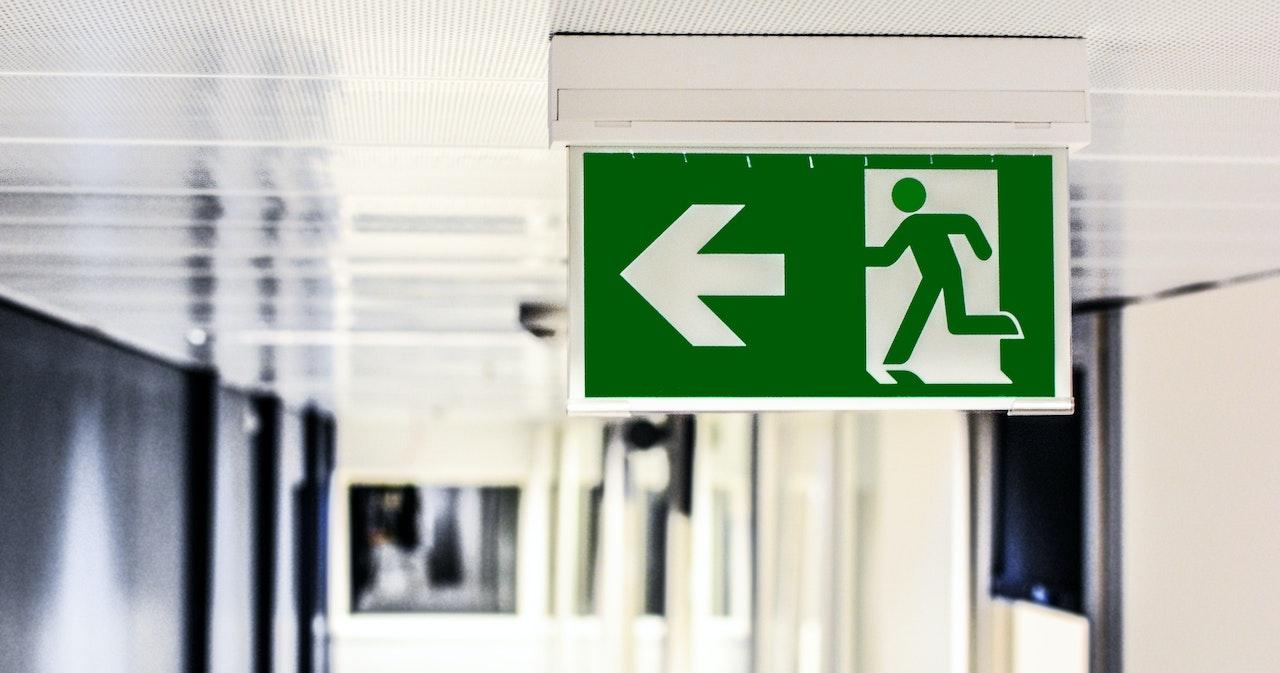8 Small Business Tips For Surviving A Disaster

Natural disasters can be a nightmare for small businesses. Be it a hurricane, a global pandemic, or even an unfortunate fire on the premises; their unpredictability leaves businesses vulnerable, especially if they haven’t got a solid recovery strategy in place.
Small businesses need to build disaster preparedness into their business plans. Assessing the probability of your business being exposed to natural disasters like floods, earthquakes, and more can keep you on top of your contingency planning.
These tips can help you get started by taking a step-by-step approach with the goal to survive and rebuild a business after any kind of calamity.

Take account of the damage done.
Identifying the extent of damage to your business assets will give you a fair idea of what you need to tackle first.
A few questions to help take stock of the damage could be:
- Are employees reachable by any means of communication?
- Are employees safe?
- Do they feel comfortable enough to return to work?
- Do you need to immediately purchase new equipment to get your business back to work?
In 2005, Hurricane Katrina hit the Gulf Coast of the U.S. Small businesses and communities were devastated by the impact it had, a lot of home-grown businesses were wiped out by the storm. What followed was months, sometimes even years, of recovery planning for the small businesses traumatized by the disaster.
Getting a sense of where you are at in terms of damage can help you prioritize the actions to take on the road to recovery.
Backup all your data.
To safeguard your business from unpleasant surprises, invest in obtaining a cloud solution. At this point, enterprise solutions will seem like breaking the bank. Instead, you can look towards many simpler alternatives available around the world.
Backing up data to the cloud is critical in ensuring smooth continuity of your business and critical to safeguarding your business’s reputation by avowing to protect customer data.
If you must keep hard copies or consider digitizing physical copies a cumbersome project, ensure they are stored in a location safe from fire, earthquake, and flood. In the meantime, try to get your hands on many document collection tools available targeted especially small businesses.
Act decisively.
Once you’re thrust in the middle of a catastrophe, there’s no time left for planning. At a junction like this, switch gears from the mindset of a manager to that of a decisive leader.
In a crisis, time is of the essence. A quick and action-oriented leadership is desired to get things moving forward immediately.
After you have taken stock of the damage, you need to pivot with agility to get the business operations back on track otherwise you will be at risk of losing precious time planning to recover, while the situation reels out of control.
After a waterlogging incident, for example, you make an observation that the store merchandise boxes have water damage. What are you going to do? Unpack them immediately and let them dry? You certainly cannot leave them lying around till you make a plan.
Crises like this one need prompt attention necessitating adjustment in the leadership style.

Make your team health a priority.
Build disaster preparedness into your long-term business operations plans to ensure everyone’s safety the next time a crisis strikes. This could entail investing in PPE and other safety equipment like goggles eye protection and ventilation, first-aid kits, and food reserves like drinkable water.
Moreover, check on your team’s physical and mental health often. New hygiene guidelines mean that your employees will be spending more time than usual on sanitizing and cleaning up. There have been several cases where this resulted in skin conditions caused due to frequent use of sanitizers – again a necessity in today’s world. As a leader, it is on you to ensure they are not being overworked or their health is not being compromised due to the extra measures.
Be sure of your insurance claims.
Depending on the extent of damage – small or large – you may have to contact your insurance company at some point. You may want to check the terms and conditions of contacting your insurance provider before picking up the phone.
In some states, contacting an insurance provider even if it is just to inquire can be counted as a claim on your file and therefore impacting future rates.
Make sure you address these grey areas. For example, burglary caused by a fire is not covered by insurance companies in many countries.

Inform your customers and clients.
To maintain and nurture strong customer relationships, reach out to your loyal customers and let them know of what happened.
Would they need to wait to receive their orders? How long would they need to? What are the alternative methods to contact customer care to inquire and share concerns?
Moreover, it can cost your business in the long run as customer acquisition is more demanding than customer retention.
Give yourself time to recover.
Getting re-organized takes time even if you have all records backed and stock replenished.
If you’re dealing with a natural disaster right around peak shopping season, you might be eager to get operations back in full swing quickly which isn’t quite pragmatic at all.
You could have missed a corner or a nook that is still unstable due to the disaster putting your business at risk of getting sued by an employee or a customer.
Plan ahead.
If you live in a disaster-prone area like floodplains, there is a high probability that your business will be affected by multiple disasters. Use one such incident as a learning experience to put an airtight recovery plan in place.
Assemble a core team where each member possesses a unique skill that would be valuable to get things moving quickly in a disaster. You could also gather ideas by surveying operational and frontline staff who will be most affected in a disaster.
Conclusion
Building a recovery plan is of the essence. Make sure you start drawing up plans when things are safe and stable and see them go a long way in ensuring the longevity of your business.
This article was written by Mark Quandros and originally appeared on Score.





